Cover Crops
Cover crops refer to a wide range of annual or perennial plants that can be sown to cover bare ground – traditionally to reduce the rate of soil erosion and nutrient leaching. In the case of coffee, this is to cover the soil between coffee rows.
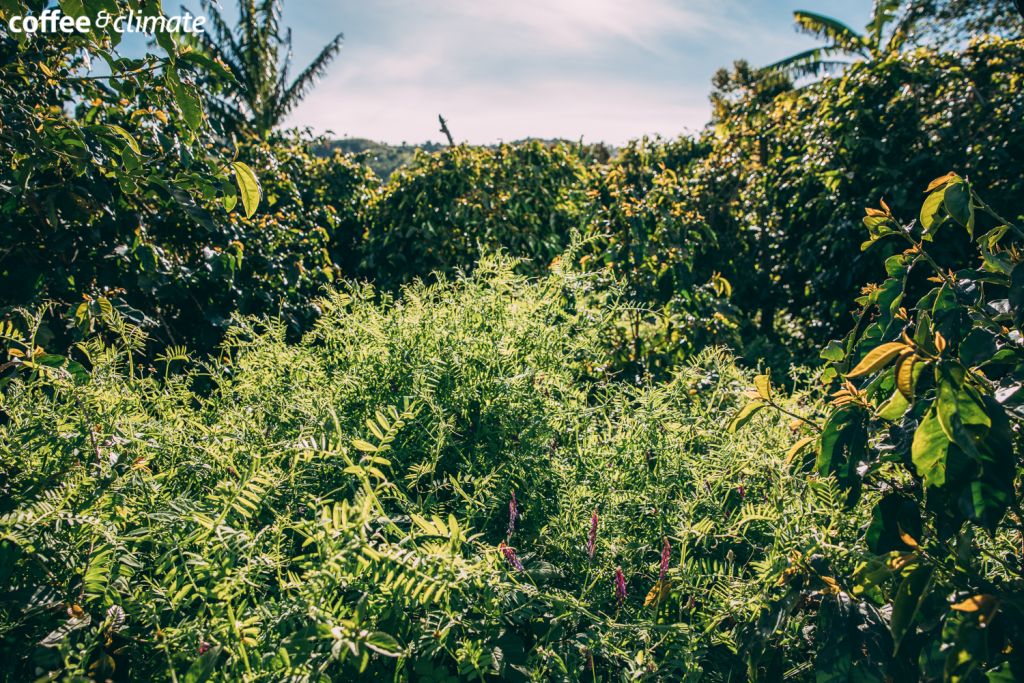
Concept
On many coffee farms, management practices involve rigorous weeding between coffee rows to reduce competition for soil nutrients. However, the resulting bare soil tends to lead to high rates of soil erosion and, where shade is not dense, high soil temperatures. Because climate change is leading to an upturn in reports of very heavy rainfall and high temperatures, it is very likely that the rate of soil degradation will accelerate as regular exposure to alternate extreme wet and dry conditions become more commonplace. Sowing of cover crops quickly reduces soil erosion to very low levels. Use of leguminous crops can add nitrogen to the soil and non-leguminous crops like Brachiaria grasses have vigorous root systems which help to penetrate compacted soils, increase rainwater infiltration and increase soil organic matter when their roots break down. Once established, the cover crops can be cut back and the residues used to cover the soil and cover crops themselves next to coffee trees to reduce water loss and lower soil temperatures, especially in the dry season. Careful management is required to ensure that growth of the cover crop is not too vigorous to compete with the coffee trees. If well managed, cover crops can achieve the multiple wins of reduced erosion, lowered soil temperatures and evaporation and increased infiltration and soil organic matter.
Drawbacks
- Insufficient management can lead to competition for nutrients and soil moisture between cover crop and coffee.
- Poorly maintained crops will also make harvesting and collection of fallen berries more difficult.
- Cover crops evaporate water at a similar rate as coffee trees, hence in very dry conditions they should be covered with cuttings as much as possible, to reduce competition for soil moisture.
- Mature and closely planted coffee will not provide enough space and light to use a cover crop.
Costs
After initial costs of planting, on-going maintenance costs are similar or lower than those of weeding operations. Field tests suggest that yields improve under cover crops hence it is expected that any extra costs will be more than compensated.
Recommended Activities
Main components in successful cover crop use include:
- Trials of cover crops are best initiated when coffee trees are recently planted out or stumped.
- Trials in Central America have included plots with an increased width of the intercrop strips (up to 3 m) to provide more material for cut and cover and to reduce the possibility of nutrient competition by maintaining a permanently mulched zone near the coffee trees.
- Initial on-farm trials should include strips with at least one legume and one grass to see which is more appropriate for local conditions. These should be compared with the farmer’s normal inter-row management practices to evaluate costs and yields.
- Regular cutting and covering of the ground near coffee trees is essential to reduce competition for soil nutrients.
- Where dry seasons are long or intense, cuttings should aim to cover much of the intercrop zone in order to reduce soil temperatures and evaporation.
- After one to two years it should be possible to see changes in soil structure in cover crop treatments compared to bare soil – the former should have a more friable structure with greater signs of biotic activity (e.g. fungi and invertebrates).
- Have something to add to this tool description? Leave a comment!
- Interested in applying this tool? Look for pictures, case studies and info sheets below for step-by-step instructions to get you started.
Further Comments
- Trials have shown that cut-and-cover crops significantly reduce soil temperatures, maintain soil humidity and improve infiltration rates when rains return.
- Coffee soil temperatures of 35°C+ have been recorded at 50 mm depth in bare soils, whereas under cover crops, temperatures can be 10°C cooler or more; high temperatures cause high mortality of feeder roots and cause organic matter to break down very quickly.
- As dry seasons become longer and/or more intense, it is likely that competition for soil moisture (between cover crop and coffee trees) becomes more significant, hence the need to keep the ground covered with cut residues as much as possible.
- Covering the cover crop with cut residues will weaken the crop’s growth which is advantageous because this will reduce soil moisture evaporation and also cause root breakdown (plants automatically shed roots when their aerial parts are cut back).
- With cover crops that have deep and vigorous roots, it is likely (though not yet proven) that this is the most effective way to inject organic matter back into the soil, which will improve soil water retention and fertility in the medium to long term.
- Cover crops are potentially a good way to start developing a more favourable microclimate for reintroduction of shade or companion trees, since they may afford more protection during weather extremes.
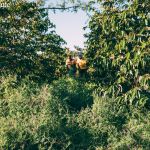

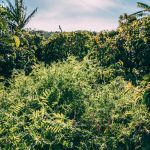
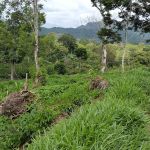
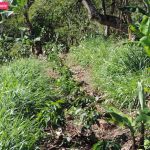
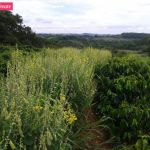
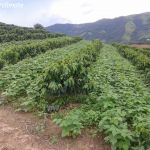
Leave a comment
0 comments